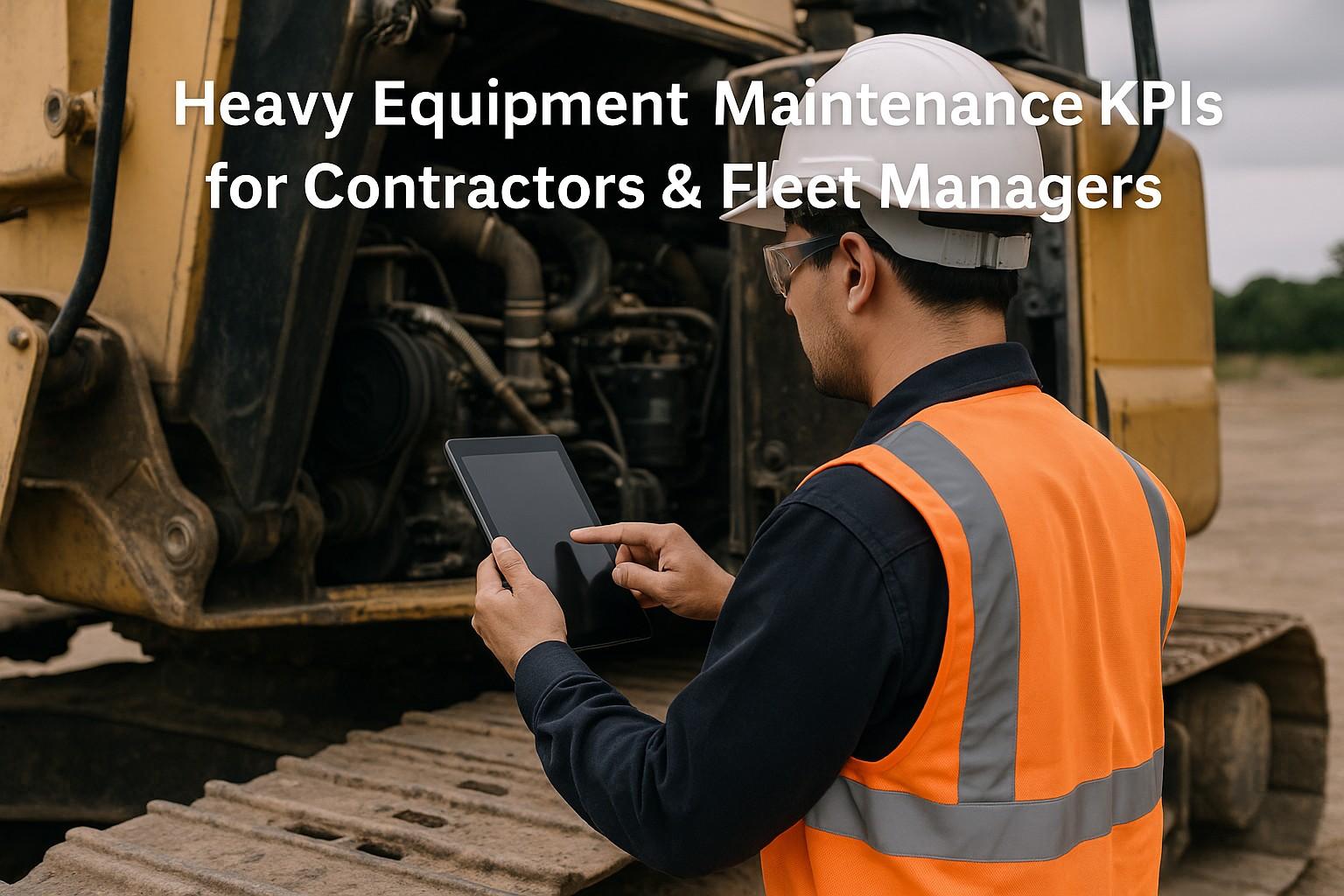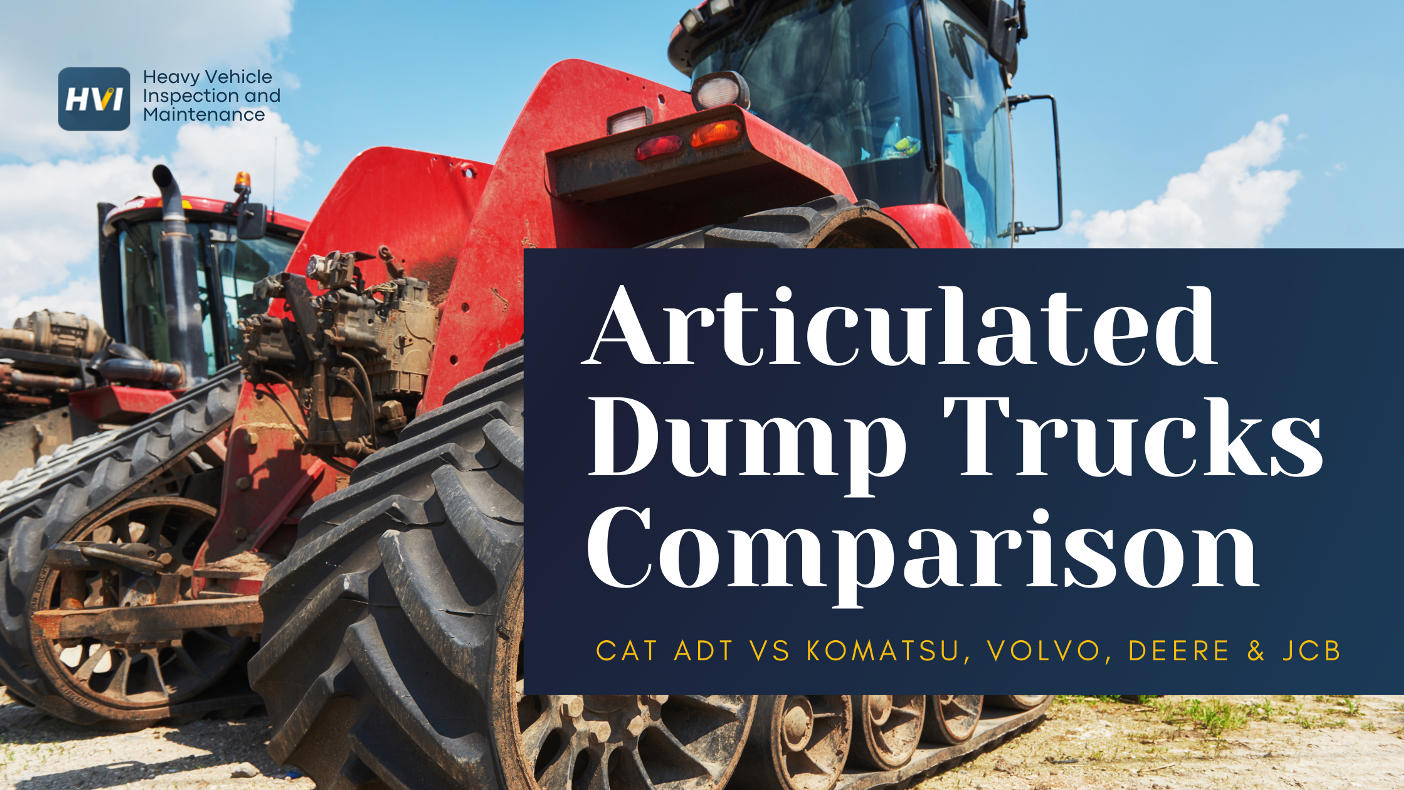Don't let small problems turn into $50,000+ nightmares. Here's how to spot trouble before it breaks your budget.
Sound familiar? You're not alone.
With construction equipment repair costs averaging $150-$300 per hour and major breakdowns often exceeding 50% of your machine's value, catching problems early isn't just smart business—it's survival. The good news? Your equipment talks to you every day. You just need to know what to listen for.
The Real Cost of Ignoring Warning Signs
Before we dive into what to watch for, let's talk numbers that'll keep you up at night:
The Hidden Costs of Equipment Breakdown:
- Emergency repairs cost 3-5x more than scheduled maintenance
- Unexpected downtime reduces project completion rates from 90% to just 19.5%
- Major component failures can cost anywhere from $15,000 to $75,000
- Equipment breakdown brings entire job sites to a standstill, affecting schedules and client relationships
The construction industry loses billions annually to preventable equipment failures. Don't let your operation become another statistic.
7 Critical Warning Signs Your Equipment Needs Immediate Attention
What to watch for: Oil, coolant, hydraulic fluid, or transmission fluid levels that seem to disappear overnight.
If you're constantly topping off fluids, you've got a leak—and leaks are just the tip of the iceberg. Internal seal failures can cause fluid to leak into other systems, leading to catastrophic damage. Heavy equipment maintenance starts with keeping an eagle eye on fluid levels.
Listen for: Grinding, squeaking, clunking, or any noise that wasn't there last week.
Strange sounds are your equipment's way of screaming for help. That grinding noise from your loader's transmission? It's not going to fix itself. Squealing from the hydraulic system means components are wearing out fast.
Never ignore: Any illuminated warning light, alarm, or buzzer.
Those little lights aren't suggestions—they're urgent messages about overheating, low pressure, or system failures. The worst thing you can do is slap a piece of tape over them and keep working.
Construction equipment troubleshooting starts with respecting what your machine is telling you. When sensors burn out from being ignored, you lose your early warning system entirely.
Watch for: Exhaust that's become more visible or changed color.
Blue smoke: Burning oil, possible engine wear
White smoke: Coolant leak, potential head gasket failure
Clear exhaust should be just that—clear. If you can see it, there's a problem brewing.
Performance issues to notice:
- Steering becomes stiff or unresponsive
- Hydraulic movements are jerky or slow
- Excessive vibration during operation
- Equipment takes longer to respond to commands
When your machine starts fighting you, it's usually a sign that hydraulic systems, steering components, or control mechanisms are wearing out. Heavy equipment service should address these issues before they become safety hazards.
Overheating indicators:
- Engine temperature consistently running hot
- Hydraulic oil temperature warnings
- Cooling system working overtime
Construction equipment breakdown often starts with overheating. Whether it's a clogged radiator, failing water pump, or hydraulic system running too hot, temperature problems escalate quickly.
Physical signs to inspect:
- Uneven tire wear
- Hydraulic cylinder rod scoring
- Excessive play in joints and connections
- Cracked or damaged hoses
These visible signs often indicate that your machine has been working beyond its limits or needs immediate attention.
The Hidden Costs of "Just Getting Through the Job"
We get it. When you're facing a deadline, the temptation is huge to nurse a limping machine through one more project. But here's what that really costs:
Smart Prevention Strategies That Actually Work
Create a Daily Inspection Routine
Start every day with a 10-minute walk-around:
Daily Checks
- Check fluid levels
- Look for leaks
- Listen to startup sounds
- Test all controls
- Verify gauges and warning lights
Track Performance Data
- Operating hours
- Fuel consumption patterns
- Temperature readings
- Repair history
Train Your Operators
- Recognize normal vs. abnormal sounds
- Report potential problems immediately
- Follow proper operating procedures
- Understand equipment limitations
Modern construction equipment maintenance relies on data, not guesswork. This information helps predict when systems are likely to fail, allowing you to schedule preventive maintenance equipment checks during downtime rather than in the middle of a critical project.
When Repair vs. Replace Becomes the Question
Sometimes the warning signs point to a bigger decision. Factor in:
- Age and hours on the machine
- Frequency of recent repairs
- Availability of parts
- Technology improvements in newer models
The Bottom Line: Prevention Pays
Proven Results from Preventive Maintenance:
Equipment inspection checklists and regular maintenance reduce unexpected breakdowns by over 80%. Companies that implement systematic inspection protocols see:
- 90% on-time project completion vs. 19.5% without preventive programs
- Significant reduction in emergency repair costs
- Extended equipment lifespan
- Better resale values
Your Next Steps
Don't wait for catastrophic failure to get your attention. Start implementing these inspection practices today:
The most successful construction companies don't just react to problems—they prevent them. In an industry where time is money and deadlines are everything, heavy equipment repair shouldn't be a surprise that derails your projects.
Remember: every minute spent on inspection and preventive maintenance saves hours of downtime and thousands in emergency repairs. Your equipment is talking to you every day. The question is: are you listening?
Ready to Prevent Costly Breakdowns?
Need help organizing systematic inspection protocols for your fleet? Professional inspection management systems can help you track maintenance schedules, document issues, and prevent costly surprises. The investment in organized prevention always pays off when you avoid that first major breakdown.
Learn More About Inspection Management



